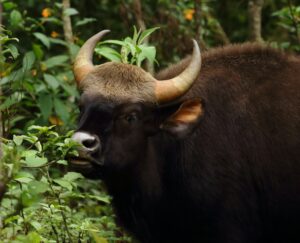
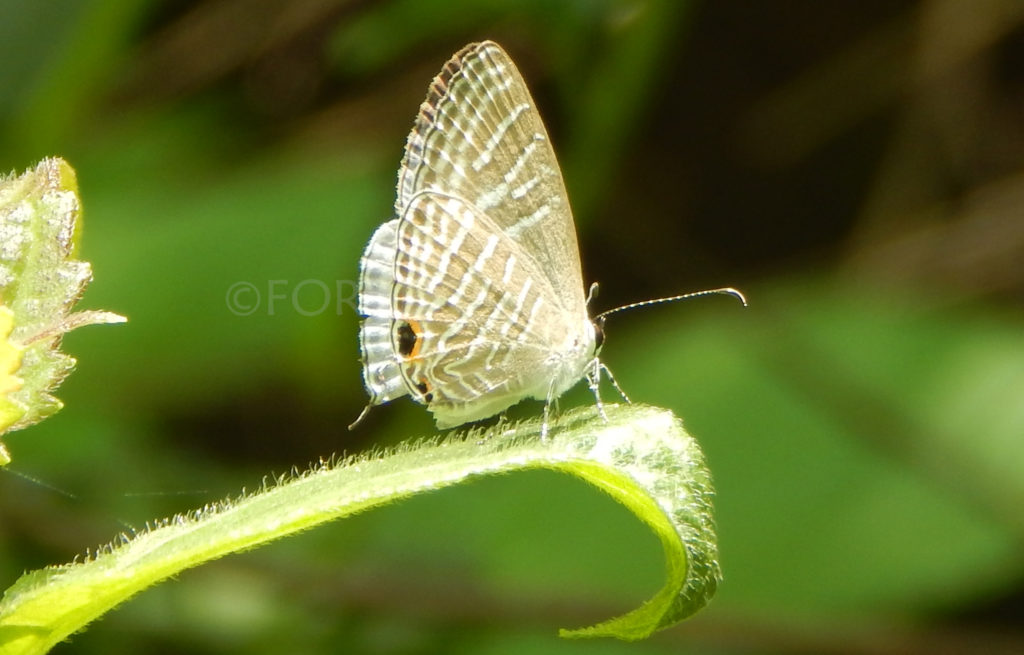
Butterflies are one of the most beautiful and charismatic insects around us. They belong to order Lepidoptera. Butterflies often have brightly coloured wings with unique patterns made up of tiny scales. Butterflies have taste receptors on their feet. They are one of the most studied group of insects too. Still a lot remains to be explored about them, like life cycle of particular species, their feeding habits at different stages etc.
A butterfly’s lifecycle is made up of four parts, egg, larva, pupa and adult. Butterflies can live in the adult stage from anywhere between a week and a year, depending on the species.
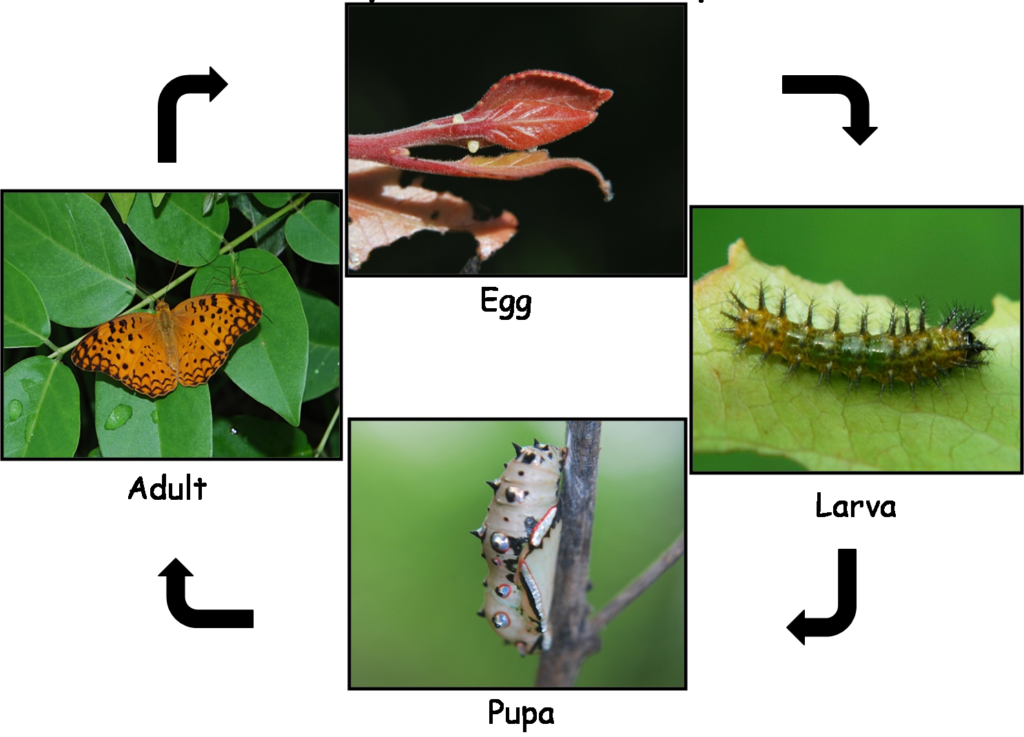
At larval stage butterflies feed on tender leaves, buds, flowers, fruits etc. Different species feed on different plant parts and variety of plants. At adult stage butterflies feed on nectar, minerals from damp patches or mud (called as mudpuddling), tree sap or pod sap, animal scat or dead animals. But nectar is an important food source of butterflies.
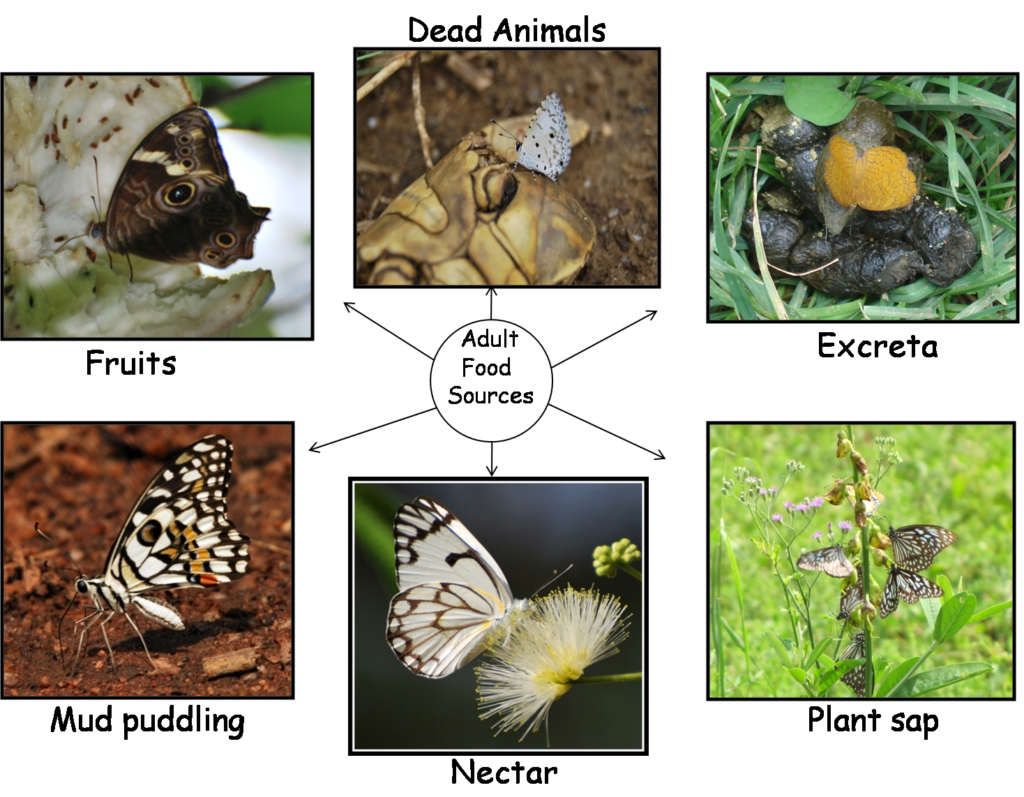
Many butterflies have developed interesting ways of defending themselves from predators. One method is camouflage, or “cryptic coloration”, where the butterfly has the ability to look like a leaf or blend into the bark of a tree to hide from predators. Some butterflies have tail like antenna and eyespots like eyes by which predator gets confused easily. Another method is chemical defence, where the butterfly has evolved to have toxic chemicals in its body, they are also called as milkweed butterflies. These species of butterfly are often brightly coloured, and predators have learned over time to associate their bright colour with the bad taste of the chemicals. The greatest threats to butterflies are habitat loss due to residential, commercial and agricultural development also use of pesticides and de-weeding. Climate change is also threatening species of butterflies.
For butterfly conservation, we can maintain home gardens or community parks with larval and nectar food plants for them.
In addition to this awareness should be created regarding Organic gardening methods or minimal pesticides and fertilisers usage.
In city areas, hills, open grasslands and scrub areas act as lungs of the city. These areas harbour and support urban biodiversity by offering food and suitable habitat to butterflies, to other insects,birds, etc.
Conserving these hills and open areas will help in long term conservation of butterflies.

Prachi has completed her Master’s in Biodiversity before assisting as Research assistant in ISRO-UoP project entitled “Identifying conservation priority areas in STR, Northern Western Ghats”. She has extensively worked on Ecological Assessment projects. Her research interest includes butterflies and their ecology.
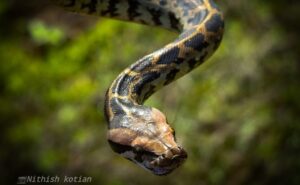
We plan to restore a forest of 20000 trees in the monsoon of July 2021! And we need your help to do that! Contribute saplings in Vruksh Khosh or donate Rs. 50 per sapling.